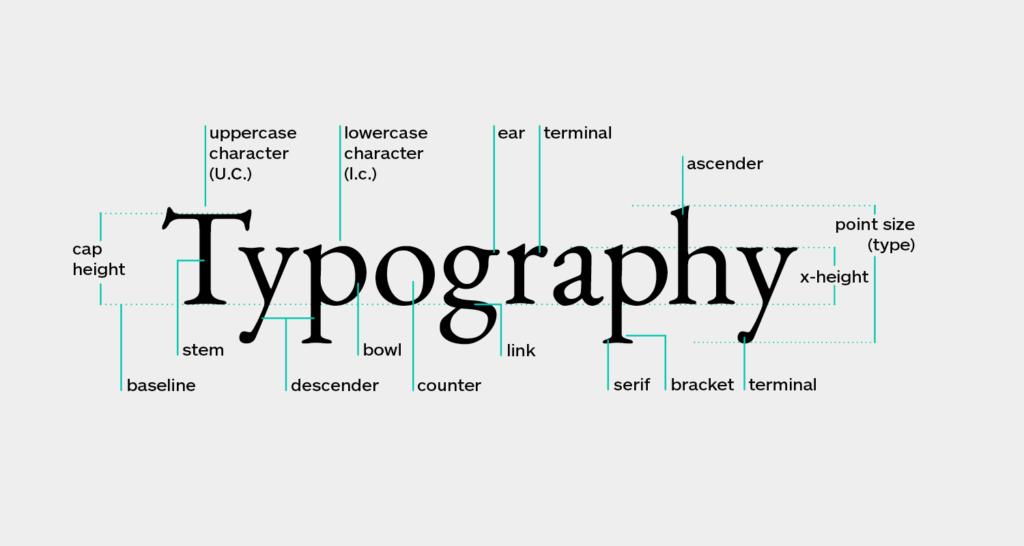11 Content Marketing Strategies for Engaging Audiences
In today’s digital landscape, content marketing is crucial for capturing the attention of your target audience. However, with so much content vying for attention, it’s essential to have effective strategies to stand out. Here are 11 content marketing strategies to help you engage your audience and build a loyal following. 1. Know Your Audience Understanding your audience is the foundation of any successful content marketing strategy. Conduct market research to gather insights into their preferences, needs, and pain points. Use this information to create content that resonates with them. 2. Create Valuable Content Quality over quantity is key. Focus on creating content that provides value to your audience. Whether it’s educational, entertaining, or inspirational, your content should address your audience’s needs and interests. 3. Use Storytelling Stories are a powerful way to connect with your audience on an emotional level. Share stories that are relevant to your brand and resonate with your audience. This helps to build a deeper connection and makes your content more memorable. 4. Leverage Social Media Social media platforms are essential for content distribution and engagement. Share your content on the platforms where your audience is most active. Engage with your followers by responding to comments and messages, and participate in conversations. 5. Utilize Visual Content Visual content, such as images, videos, and infographics, is more engaging than text alone. Use high-quality visuals to complement your written content and make it more appealing. Videos, in particular, are highly effective for capturing attention and conveying information quickly. 6. Optimize for SEO Search engine optimization (SEO) is crucial for making your content discoverable. Conduct keyword research to identify the terms your audience is searching for and incorporate them into your content. Optimize your headlines, meta descriptions, and images to improve your search engine rankings. 7. Repurpose Content Maximize the value of your content by repurposing it across different formats and platforms. For example, turn a blog post into a video, an infographic, or a social media post. This extends the reach of your content and caters to different audience preferences. 8. Collaborate with Influencers Partnering with influencers can help you reach a larger audience and build credibility. Choose influencers who align with your brand values and have a genuine connection with their followers. Their endorsement can significantly boost your content’s visibility and engagement. 9. Engage with Interactive Content Interactive content, such as quizzes, polls, and surveys, encourages active participation from your audience. This not only increases engagement but also provides valuable insights into their preferences and behaviors. 10. Monitor and Analyze Performance Regularly track the performance of your content to understand what works and what doesn’t. Use analytics tools to measure metrics such as traffic, engagement, and conversions. Use these insights to refine your content strategy and make data-driven decisions. 11. Stay Consistent Consistency is key to building a loyal audience. Maintain a regular posting schedule and ensure that your content aligns with your brand voice and values. Consistent, high-quality content builds trust and keeps your audience coming back for more. Conclusion Engaging your audience through content marketing requires a strategic approach and a deep understanding of their needs and preferences. By implementing these 11 strategies, you can create content that not only captures attention but also fosters a loyal and engaged community around your brand. Start by knowing your audience, creating valuable content, and leveraging various platforms and formats to maximize your reach and impact.




